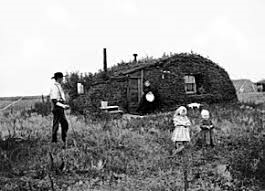By Terry C. Misfeldt
Your characters should be described with more personality than what clothes they wear or what they look like. Infusing personality into your characters requires an understanding of the four basic types of people.
For this we’ll share a marketing-oriented version of the four personalities that we’ve found makes it easy to understand people quickly. It facilitates communication without having to change who you are, so it’s a natural method for describing your characters.
The four types are Control (some people refer to them as Type A), Perfect, Fun, and Peace.
Allow a brief interpretation of each, starting with Control. Most business owners (lumping here) are Control freaks (using the term loosely) because their mantra is “Get it Done!” A few of the traits that describe them and which can be used to infuse personality into your characters: Bold, self-sufficient, independent, and strong-willed.
Switching to Perfect people brings accountants to mind; people who are detail oriented and precise. These are characters who are thoughtful, sensitive, and idealistic, such as creative people with musical or artistic talent. They have to get things right.
Control and Perfect people are more task-oriented than people-oriented.
The more people-oriented personalities are the Fun and Peace types. Fun people–like the song lyrics–just want to have fun. You can tell they’re smiling when you talk to them on the phone. They’re generally the life of the party, enthusiastic, cheerful, and good on stage. They’ll have no qualms about singing at a karaoke bar. They’re warm and thrive on encouragement.
Peace people just want to get along, do their work, go home and be left alone because they like the easy way of doing things. They’re calm, patient, consistent and extremely competent. You could set your clock on their routine, especially if their second nature is Perfect.
Sound like any of your characters?

